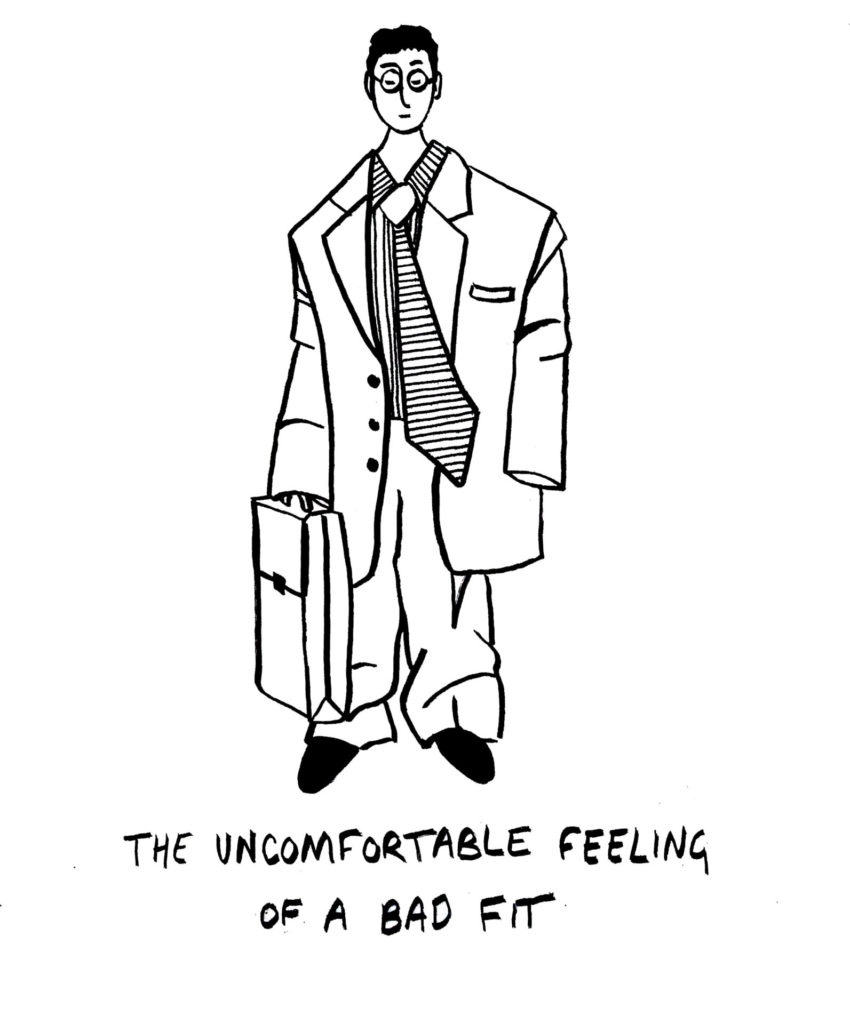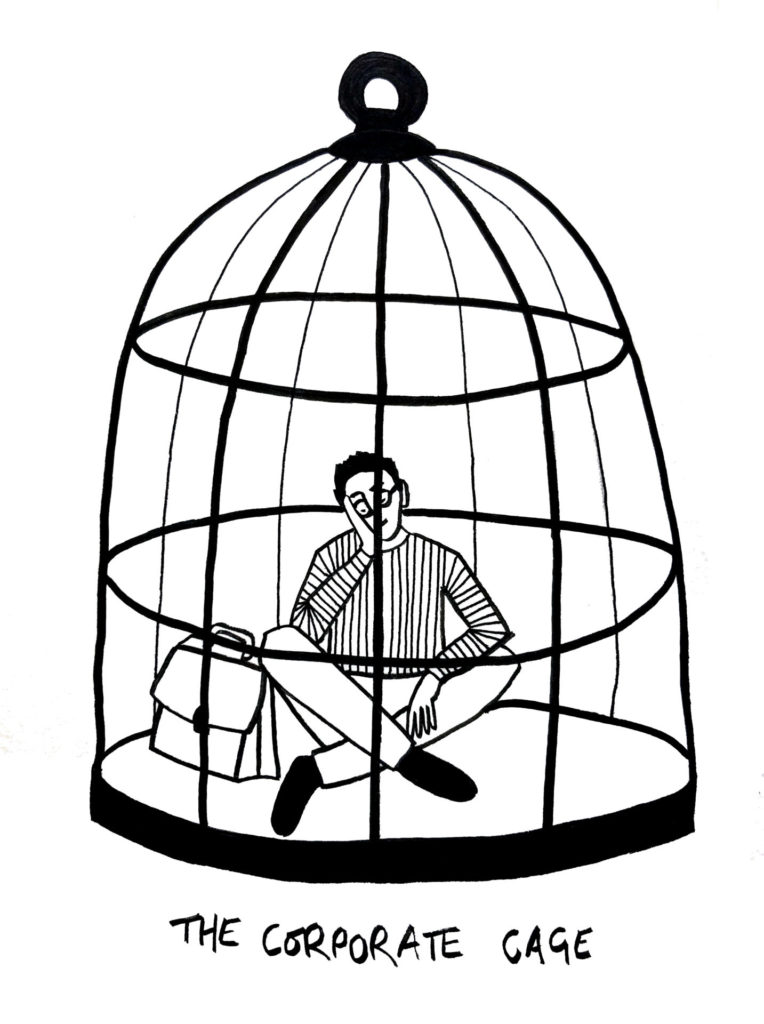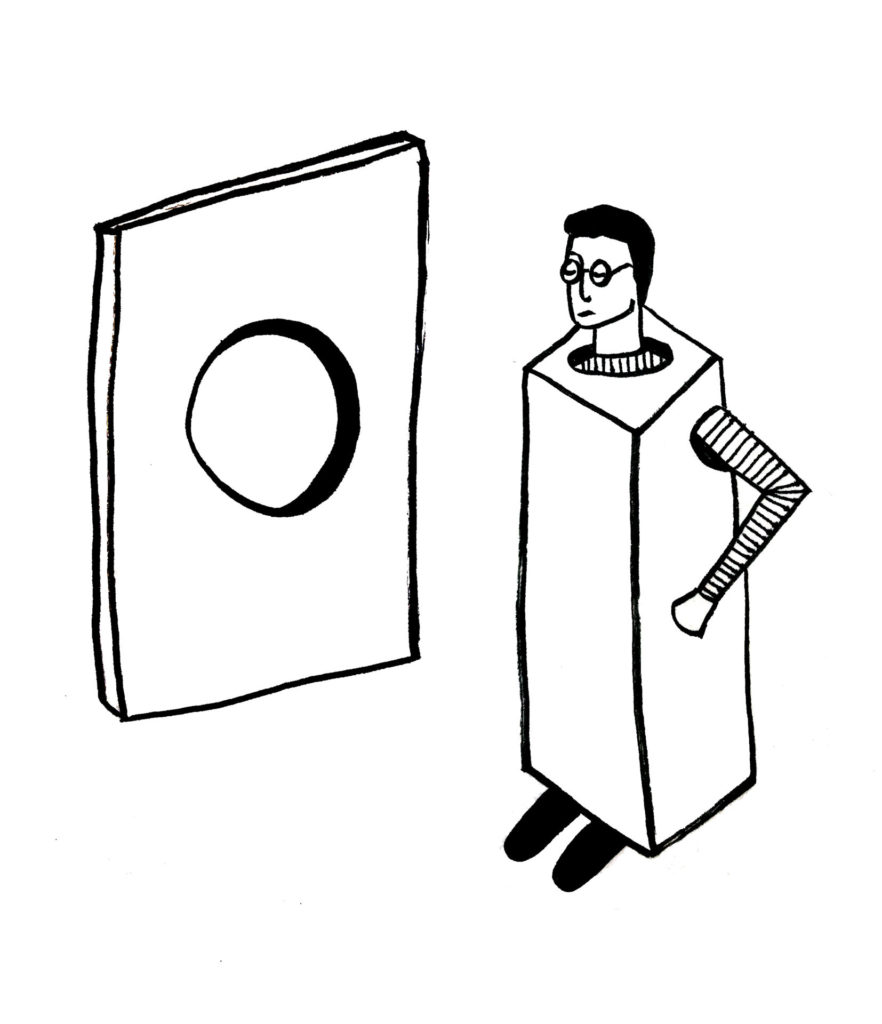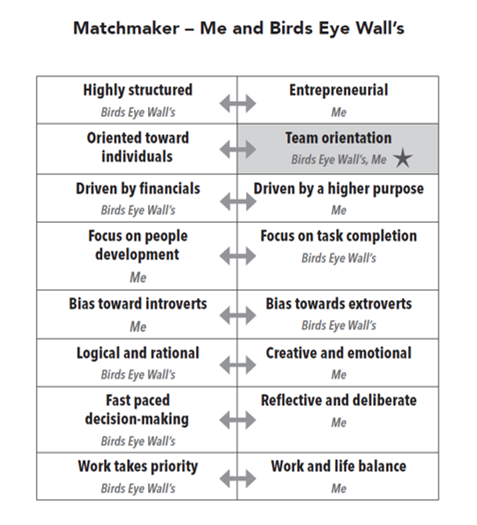Mark Simmonds emphasises the importance of finding the right job so that you can operate in an environment where you are better able to protect your mental health and limit undue suffering
At this time of writing, Eliud Kipchoge from Kenya holds the marathon world record time. He won the Berlin race in 2018, clocking a time of two hours, one minute and 39 seconds. He shattered the previous world record by a minute and 18 seconds. In a typical week, he wakes up at around 5am and runs anywhere between 124 and 140 miles a week, which is the equivalent of completing a marathon, Monday through to Friday.
In order to survive this kind of gruelling regime, it’s obvious his shoes must fit his feet like a glove. If he is putting his lower limbs under that much pressure by wearing inappropriate footwear, problems will emerge. Runner’s knees, Achilles tendinitis, Plantar fasciitis and patellar tendinitis (great names), Iliotibial bad syndrome (even better) and the slightly more prosaic sounding blisters, shin splints and ankle sprains.

A whole new industry now caters for the specific demands of athletes who are serious about looking after their feet. And not only is it a question of injury prevention, but it’s also one of performance enhancement. When Kipchoge became the first person to run the first sub-two-hour ever, he was wearing the revolutionary Vaporfly. This not only protects the foot from all the nasty ailments listed above, but it also increases an athlete’s energetic efficiency by 4% or more, a significant number in marathon terms.
So, what’s the point of all this information about footwear? Well, this article will emphasise the importance of finding the right job (shoes) so that you can operate in an environment where you are better able to protect your mental health (feet) and limit undue suffering (painful blisters).
Whether it’s your shoes, clothes or career, fit is everything.
Looking for answers in the corporate basement
I had just started working for Unilever, the global consumer goods company, one of the largest in the world. Its household brands, like Dove, Axe, Knorr, Magnum, and Domestos are available in over 190 countries.
Unilever also has one of the most respected management trainee programmes for young people who want to forge a career in marketing. I succeeded in joining it when I was 25, working for Birds Eye Wall’s, one of its operating companies at the time and I was pretty proud of my achievement. The career roadmap was now neatly laid out in front of me and the future seemed bright.

Twelve months later, I found myself pacing up and down the basement of the Birds Eye Wall’s building liked a caged animal. I was alone, surrounded only by freezers full of frozen peas, beef burgers and fish fingers and my own confused thoughts. I was trying to work out why I was suddenly feeling so anxious, why I was incapable of completing the most basic of tasks at my desk upstairs. I needed a bit of head space, away from people, to think clearly and work out what on earth was going on in my frazzled mind. At the time, I was only a trainee, the lowest of the low. Admittedly, I had been now handed a little more responsibility and people in the team were relying on me to get things done, but I was still a relatively insignificant cog in the wheel.
The extended panic attack I was experiencing led to a short period of sick leave and a bout of agitated depression. I was prescribed medication. The entire episode left me feeling both very confused and frightened and I was unable to explain what was happening either to myself or those around me. I felt trapped.
A square peg in a round hole
When I was writing my book, Beat Stress at Work, many years later in the twilight of my career, I reflected back on that period and tried to work out what precisely had gone wrong. What was it that had caused me to suffer from the prolonged panic attack and the years of discomfort that followed working at Birds Eye Wall’s? The problem was fit. I was a round peg in a square hole.

By nature, I was more of a creative type and enjoyed ruminating and cogitating, playing around with ideas and concepts, preferably on my own. I liked to have time and space to think things through. However, Birds Eye Wall’s was a fast-paced environment where making subjective decisions quickly, long to do lists and pressing deadlines were very much the order of the day. All the beautiful inefficiency associated with the creative process was frowned upon.
As a result of this poor fit between my personality and the ‘personality’ of the company for which I was working, I experienced a great degree of negative stress during the time I was there. Like a dripping tap in the middle of the night, it was relentless. It was only when I finally left the company after four and a half painful years and launched myself into a career as a management trainer that I fully realised just how uncomfortable that period had been.
As soon as I had found a career that matched my personality, not only did the pain end but both my performance and productivity improved dramatically. I never looked back.
Matchmaking
I developed the Matchmaker framework to help individuals make good choices throughout their careers. Whether it’s your first or last job, your core personality is likely to have remain relatively unchanged over the years. Fit must always remain your priority if you want to minimise stress and maximise opportunities for personal performance and productivity.
The Matchmaker identifies a number of characteristics that define the DNA of both the company and of the individual. The goal is to try and ensure that there are as many matches as possible, because the more matches there are, the more aligned the needs of both parties will be. And the less likely that ‘bad’ stress will rear its ugly head. You can see in the Matchmaker table for Birds Eye Wall’s and me that it was only ‘team orientation’ where alignment existed between both parties. For the really crucial pairings like ‘focus on people development’ versus ‘focus on task completion’, ‘bias toward introverts’ versus ‘bias toward extroverts’, the company and I were misaligned. And over a period of time, this misalignment began to cause me more and more ‘bad stress’.
So, how can you use the Matchmaker?
- If your current job is causing you significant ‘bad’ stress, use this framework to highlight the differences that exist between you and the company, dimension by dimension. Put your name and your company’s name against the relevant dimensions and insert a star where your names appear side by side. Remember, the more stars, the better!
- Use the completed framework as the basis for a constructive conversation with your employers to see if you can achieve greater alignment. Be prepared to discuss the source(s) of your stress. Try and agree what they can do, what you can do.
- Alternatively, if you are on the lookout for a new job, then use the dimensions of the Matchmaker to help you identify companies/positions where there is likely to be greater alignment between you and them. This will help you make the right choice.
Remember that fit is everything. Wearing shoes that are either too tight or too loose or being a square peg in a round hole can end up being a very painful experience in the long run! And once you put your mental health at risk, the consequences can be a lot more severe than simply suffering a blister or two.
Take decisive action sooner rather than later.

Mark Simmonds runs his own creativity agency GENIUS YOU and is the author of new book Beat Stress At Work.




